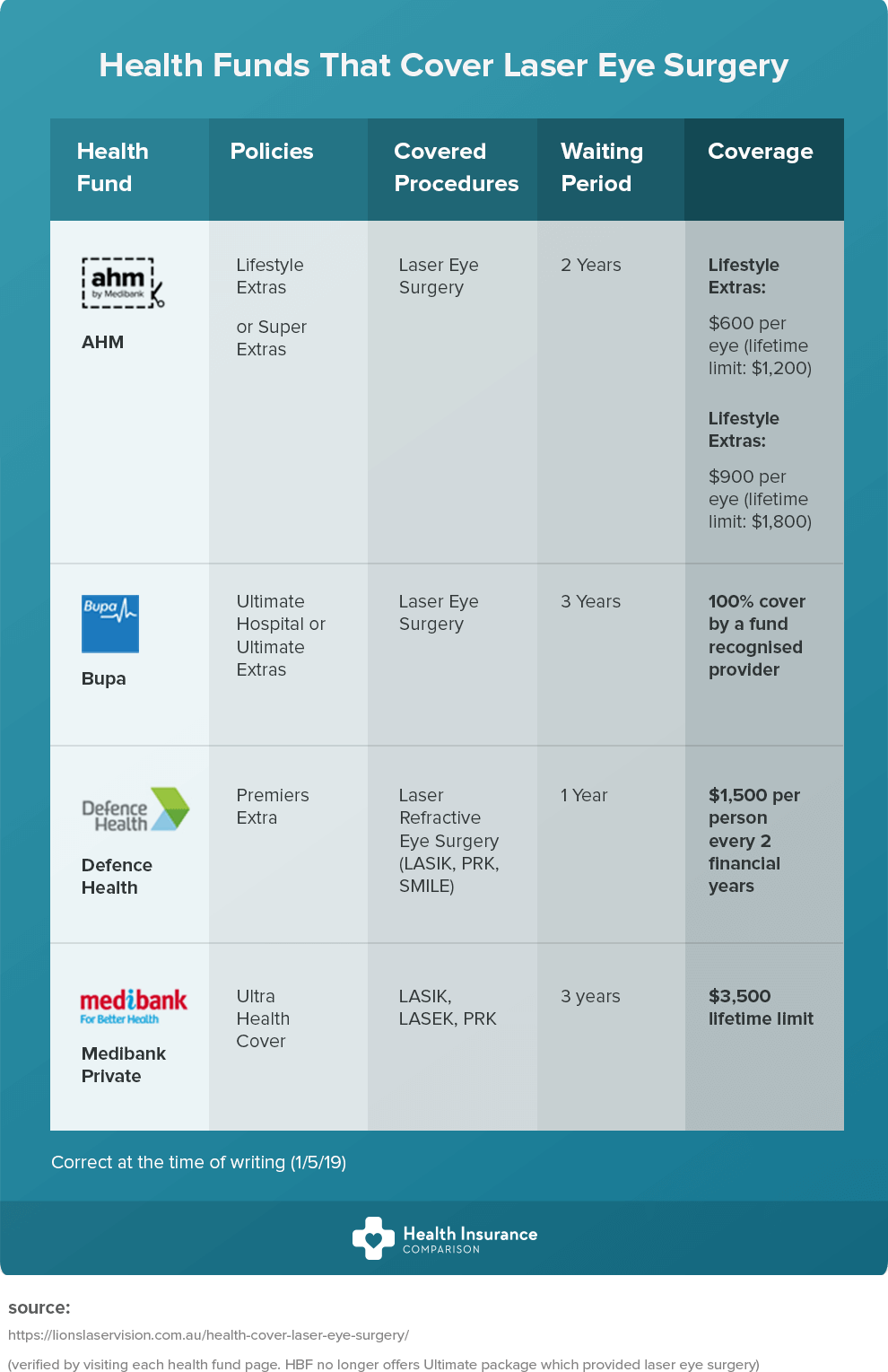Refractive Lens Exchange Explained: What Your Ophthalmologist Isn't Informing You
Refractive Lens Exchange Explained: What Your Ophthalmologist Isn't Informing You
Blog Article
click here By-Bennetsen Schofield
Have you ever considered Refractive Lens Exchange (RLE) as an option for vision improvement? While it isn't as widely talked about as LASIK, RLE could be a game-changer for your sight. Lots of people forget its benefits, thinking conventional approaches are their only choice. However what are the real benefits, and what might your optometrist not be informing you regarding this procedure? Allow's explore the ins and outs of RLE together.
Recognizing Refractive Lens Exchange: The Basics
Refractive lens exchange (RLE) is a surgical procedure that can dramatically enhance your vision, specifically if you're dealing with presbyopia or extreme refractive mistakes.
During RLE, your eye doctor eliminates your eye's all-natural lens and changes it with a man-made one tailored to your vision requires. This procedure can correct nearsightedness, farsightedness, and astigmatism, providing you more clear vision without relying on glasses or get in touch with lenses.
The surgical procedure is usually quick, taking less than an hour, and many individuals experience very little discomfort. Healing is relatively fast, allowing you to return to your daily tasks quickly after.
If you're taking into consideration RLE, seeking advice from your ophthalmologist can assist you figure out if it's the appropriate choice for you.
Key Distinctions In Between RLE and Traditional Cataract Surgical Treatment
While both refractive lens exchange (RLE) and traditional cataract surgical treatment include changing the eye's natural lens, their key objectives and client profiles differ considerably.
RLE is focused on individuals seeking to lower their dependence on glasses or contact lenses because of refractive mistakes, frequently before cataracts establish. In contrast, traditional cataract surgery commonly targets patients who have actually created cataracts, which cloud the lens and harm vision.
The lenses made use of in RLE can provide a more comprehensive range of vision adjustment, while standard cataract surgery typically entails standard monofocal lenses.
Additionally, RLE candidates are typically younger and in excellent general health, whereas cataract individuals might be older and have other health and wellness worries.
Picking the ideal treatment depends on your details vision requirements and conditions.
Prospective Benefits and Considerations of RLE
If you're taking into consideration refractive lens exchange (RLE), you'll locate several potential advantages that might enhance your lifestyle.
RLE can give you with more clear vision, reducing or eliminating the need for glasses or call lenses. It supplies a possibility to deal with presbyopia and various other refractive errors all at once, typically improving your overall visual acuity.
Additionally, RLE can be a terrific option if you're not an appropriate prospect for LASIK. Nevertheless, it's important to weigh the considerations, like the price, possible threats, and the healing duration.
Reviewing your certain requirements with your optometrist can help you make an educated choice, ensuring you choose the best path for your vision modification.
Conclusion
In conclusion, refractive lens exchange offers an one-of-a-kind solution for vision improvement that exceeds what LASIK can provide. It's necessary to consider the advantages against potential threats and prices prior to deciding. Don't be reluctant to ask your eye doctor the tough inquiries to guarantee you fully understand the treatment and its effects for your vision. With the right info, you can confidently pick the best choice for your eyes and lifestyle.
